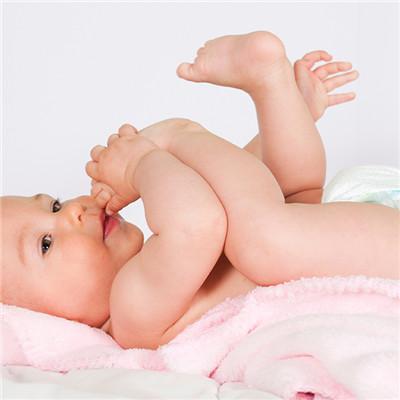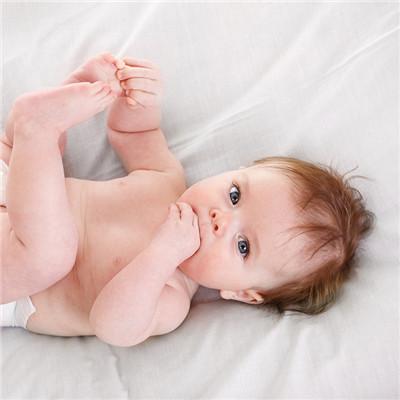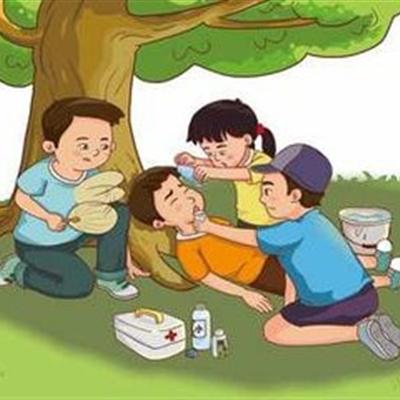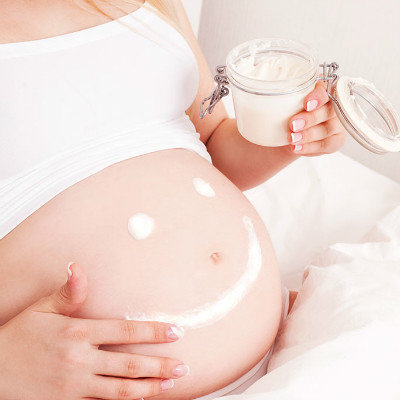Infantile omphalitis symptoms?
summary
When I came home from work in the evening and was ready to take a bath for my baby, I found that there was swelling around the baby's navel. When I pressed it down, it was hard. When I looked at it carefully, it was still a little pus. I didn't know what happened when I first met this situation. Immediately told her husband, and then sent the baby to the hospital for examination, the doctor looked at it, said the baby is suffering from omphalitis. Now let's talk about the symptoms of infantile omphalitis.
Infantile omphalitis symptoms?
First, the initial symptoms of acute omphalitis are delayed wound healing and fluid discharge after umbilical cord falling off, sometimes the umbilical wheel is red and swollen, small granulation surface can be seen in the umbilical fovea or there is a small amount of mucus or purulent secretion at the umbilical stump. Serious person can have red, swollen, hot, painful wait for the symptom of cellulitis. When the infection is more serious, obvious swelling and hardening around the umbilicus can be seen, there are more purulent secretions, light pressure around the umbilicus, pus flows out from the umbilicus concave and has a bad smell. General systemic symptoms are mild, such as infection spread to the adjacent peritoneum, resulting in peritonitis, patients often have varying degrees of fever and increased white blood cell count. If septicemia is caused by vascular spread, symptoms such as restlessness, pale complexion, rejection of milk, dyspnea and hepatosplenomegaly may appear.

Second: chronic omphalitis umbilicus fossa moist swelling, exudation odor, can be purulent or mixed with blood. Because the secretion stimulates the surrounding skin, it can cause eczema like changes and even erosion. Adults or older children report itching and often scratch the navel with their hands. Physical examination showed that there was granulation tissue hyperplasia in the umbilical fossa, with dark red color, convex surface, no mucosal coating, and contact bleeding. Most of them have a long course of disease.

Third, the main causes of neonatal umbilical cord infection are: contamination during umbilical cord ligation after birth or contamination of dressing by feces and urine before and after umbilical cord shedding; Premature rupture of amniotic membrane and umbilical cord contamination before birth; During delivery, the umbilical cord was contaminated by bacteria in the birth canal; It was contaminated by the effluent of urachal fistula or yolk fistula; Secondary to the infection of umbilical antler or umbilical sinus.

matters needing attention
Strict disinfection of the umbilical cord and local dryness can effectively prevent the occurrence of omphalitis. Adult umbilical fossa can be gently cleaned with absorbent cotton dipped in ethanol, eliminating the moist liquid in the deep part of umbilical fossa, removing the exfoliated epidermis, and making it dry. When the newborn is born, the umbilicus should be treated aseptically. It is not allowed to cover the umbilicus with unclean articles, and the umbilicus should be kept dry. If the umbilical cord is moist, exudates or the wound is delayed after the umbilical cord falls off, it should be treated with local anti-inflammatory treatment. If necessary, antibiotics should be used intravenously to prevent the occurrence of sepsis. Popularize the new method of delivery, strictly carry out aseptic operation when the umbilical cord is broken, do a good job of nursing after the umbilical cord is broken, and keep the local clean and sanitary.














